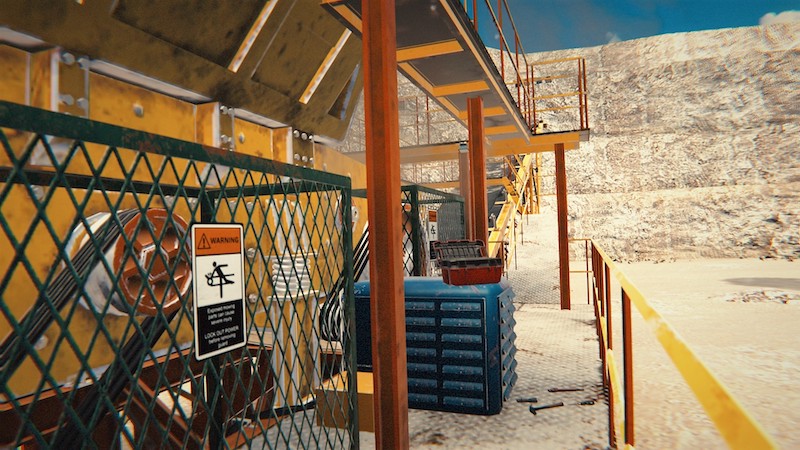Imagine this scenario. You walk towards a pedestal grinder to finally put what you’ve been learning into practice. After watching a video on the parts of the machine and shadowing a more experienced employee, you feel somewhat confident in your skills. However, you wish you had more practice. You’re worried you’ll hurt yourself because you haven’t practiced the scenario yourself.
Mistakes are likely to be made in every training scenario. Unfortunately, slight errors in some industries can lead to critical consequences. If mistakes in the real world are likely, employees need to be trained to react correctly in such situations. Through VR training for hazardous situations, employees can experience real-life scenarios without real-life dangers. Training in this modality leads to greater confidence and fewer mistakes when it’s time to bring learned skills to the job. Just look at Ford – after implementing VR training, they saw a 70% decrease in employment-related injuries.
Benefits of VR Training for Hazardous Situations
Moving your body similarly to how you would in real-life leads to stronger muscle memory. Utilizing 6 DoF headsets means trainees can move naturally beyond immersion in a simple 360 video. Employees can interact with various elements in the scene, such as spraying a bottle or moving a piece of metal through a bandsaw. Training this way means employees can retain the feelings of specific movements when it’s time to perform the task outside of a headset.
Employees need to feel confident when working in dangerous environments, especially before being placed on the job. To gain confidence, employees need to be able to practice the skills associated with the dangerous job. Virtual reality allows employees to practice these skills in a safe and controlled environment. Failing in a safe space means employees can learn from and correct their mistakes.
In virtual reality, employees can repeat training scenarios to the point of comfort. Data from the training scenario can be provided to ensure employees conduct the correct procedures in the proper order. Progress is shown to both the employee and training manager, ensuring the employee feels job-ready.
Without virtual reality, employers need to make expensive equipment available for trainees to practice on. Incorporating VR training into your learning solution can save costs by leaving essential equipment on the job. This type of training also leads to the opportunity for greater scalability by making training more accessible and cost-effective.
Use Cases of VR Training for Hazardous Situations
Shell has been a leader in virtual reality training in the oil and gas industry. The company realized the importance of following safety procedures correctly, as errors could be fatal. Shell created a VR training simulation to practice responses to accidental overspills of storage tankers. Employees needed to follow the steps of extinguishing the fire caused by the overspill. Practicing such skills in virtual reality meant employees would feel more comfortable when faced with the emergency in real life.
With safety being of utmost importance at the company, UPS has taken advantage of 6-DoF headsets to train delivery drivers in safe driving practices and hazard recognition and response. For example, trainees face pedestrians and oncoming traffic every day – scenarios that can be fatal to employees and the public. Trainees learn to react to such stimuli, practicing their reactions before doing so in the real world.

South Dakota School of Mines and Technology partnered with the Mine Safety and Health Administration (MSHA) and Motive.io to create an experience for employees to practice their hazard recognition and awareness in the virtual world. Many risks exist in mining environments if the area is incorrectly set up or if employees follow the incorrect procedures. We collaboratively created the open simulation environment, and after program roll-out, 100% of participants enjoyed the training and said they would do it again. Compared to traditional training, retention of material improved by 32%. Employees better understood and remembered the training material after training and therefore can now respond to potential hazards with more accuracy in the real world.
Recreating dangerous scenarios in VR helps to eliminate the risk of mistakes happening in the real world. Jobs in multiple industries, such as energy, mining, and maintenance, would all benefit from training their employees in VR. Employees can fail safely and feel confident in their skills once training is complete. Training in VR leads to fewer accidents and fatalities and an overall safer and more comfortable workplace.
Latest Posts
Stay in the Know
Want to stay up-to-date with what is going on in the world of immersive training? Subscribe to the Motive Blog.
Ready to revolutionize your training program?
We’re ready to show you how seamlessly you can create, edit and deploy VR training modules. Our team is standing by to help you revolutionize your training program.





